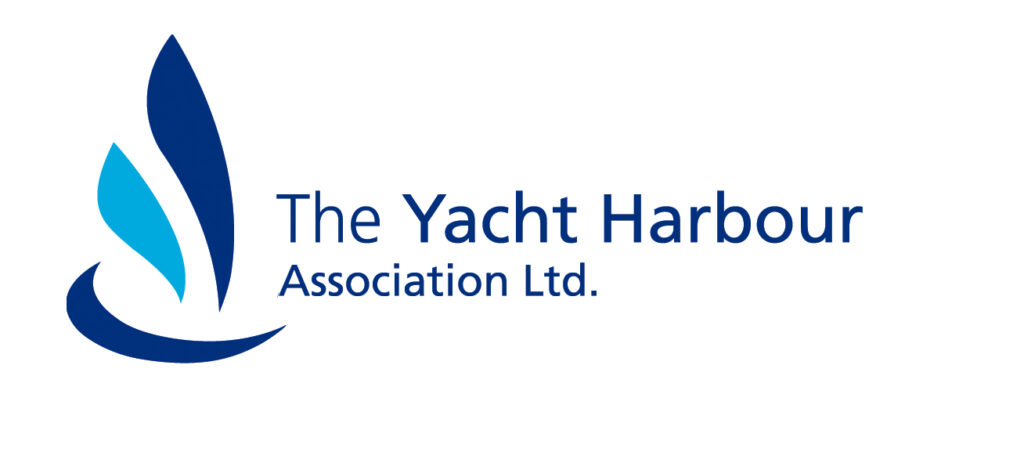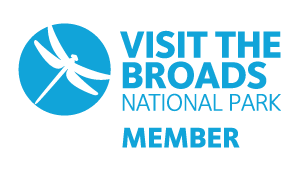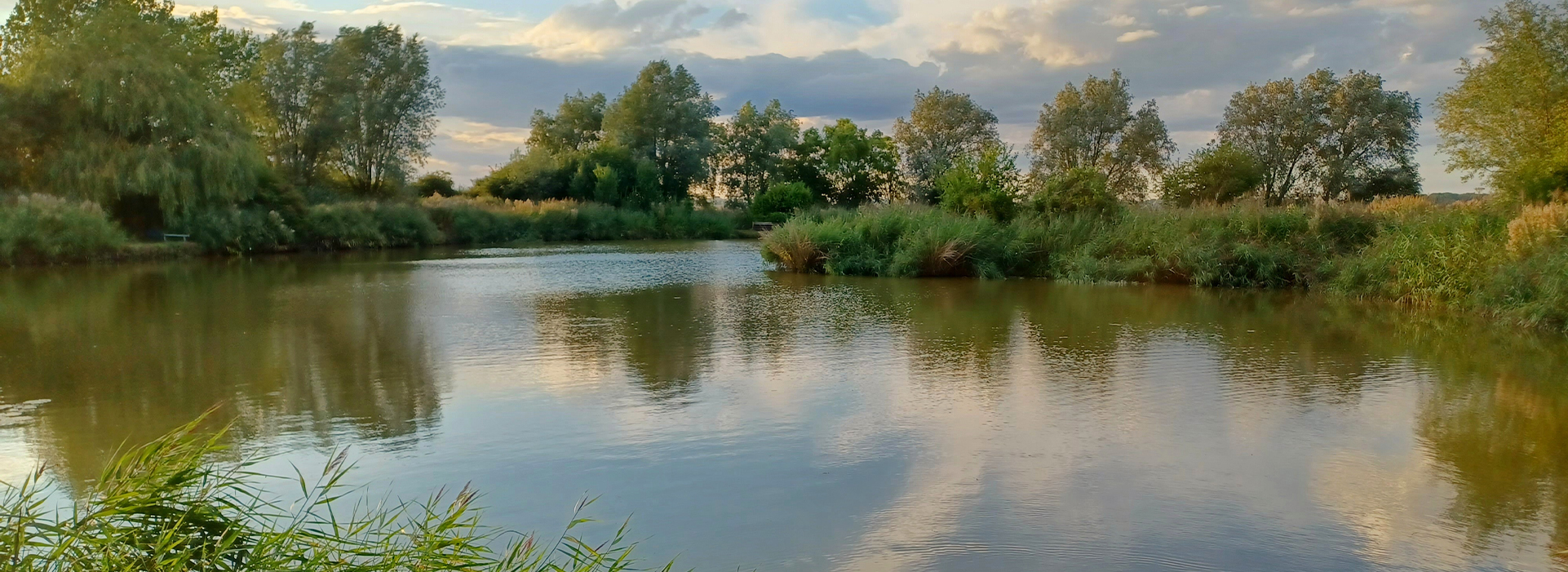
Top 10 Facts About the Broads National Park That You May Not Know
The Broads were born as a result of medieval peat diggings some 800 years ago! But, the unique wetlands’ origins were only discovered as recently as the Second World War, with Dr Joyce Lambert publishing research on the Broads since the war ended, establishing that the Broads was man-made through a series of tests! By this time, the Norfolk Broads were already a popular playground for all, and Richardson’s have been operating in the Broads for almost 75 years!

Covering fens, marshes and woodlands, the Broads are a vital area for nature. The Broads National Park is looked after by the Broads Authority, balancing important conservation work with the historic tourism of the area as well as protecting navigation interests for those who wish to explore the Norfolk Broads by boat!

It comes as no surprise to those who live, work and play in the Broads National Park that it’s home to 25% of the United Kingdom’s rarest wildlife. Not least is the Swallowtail butterfly, a beautiful yellow, black and blue butterfly named for its swallow-like tails.

Norfolk is famous for having born and bred Lord Horatio Nelson, the country’s great naval commander. You may notice on the way into the county the phrase ‘Nelson’s County’ – but it’s not just the county itself Nelson has ties with. It’s said that the naval commander learned to sail on the Norfolk Broads themselves!

Norwich, a fine city, is a beautiful place to visit – and it’s accessible from the Broads, too! With its cultural Norman Castle and Cathedral (featuring the second tallest spire in England!), fantastic shopping opportunities (link to shopping in Norwich) and lots of things to do for the whole family (link to things to do with the kids in Norwich), Norwich is a must for those visiting the Broads.
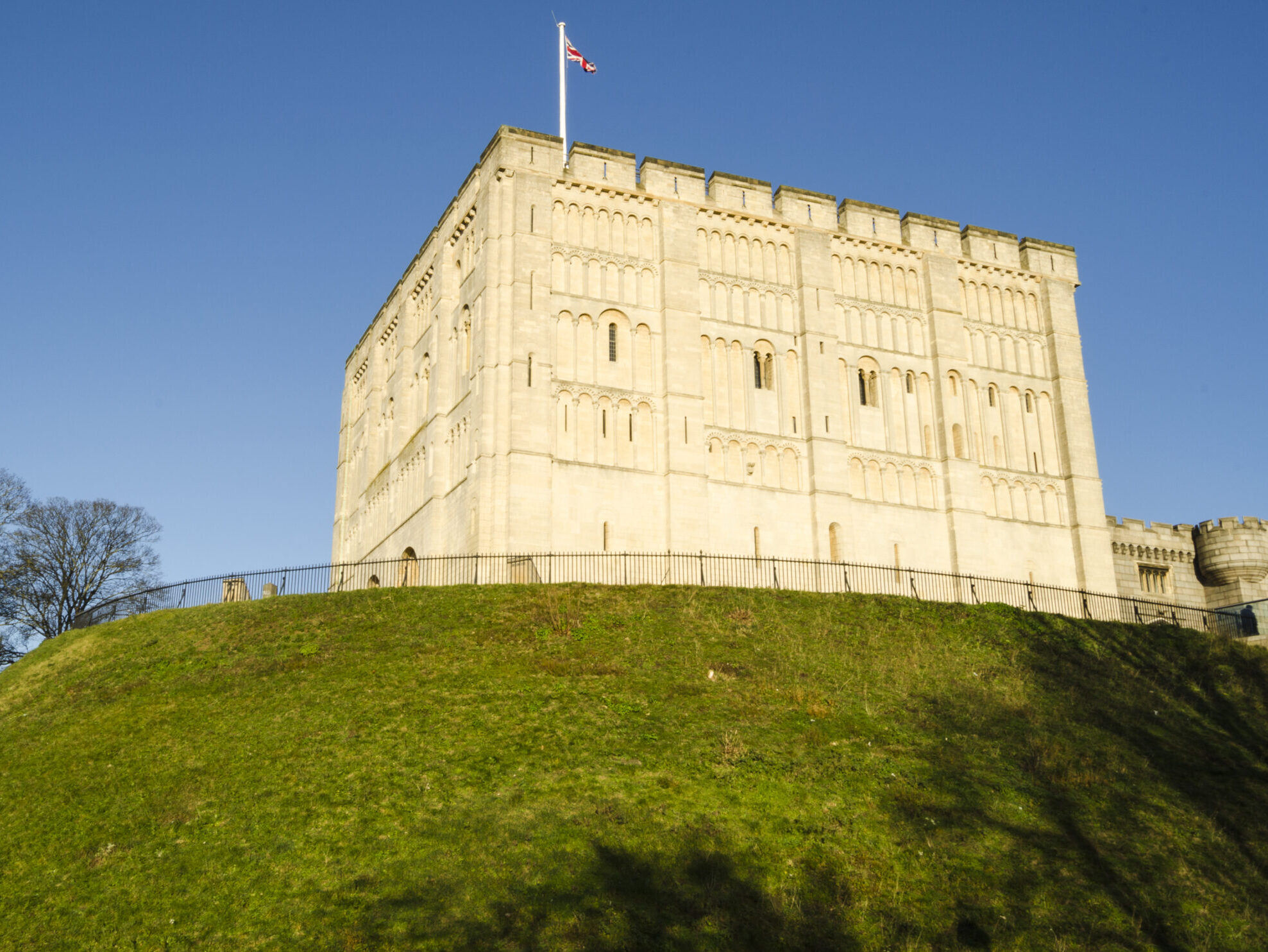
With 126 miles of navigable waterways, including both rivers and broads, the Broads National Park is Britain’s third largest inland waterway – which makes it a diverse and interesting place to visit on holiday! Each holiday you have on the Broads can be different, with the Norfolk Broads, southern Broads and more to explore!
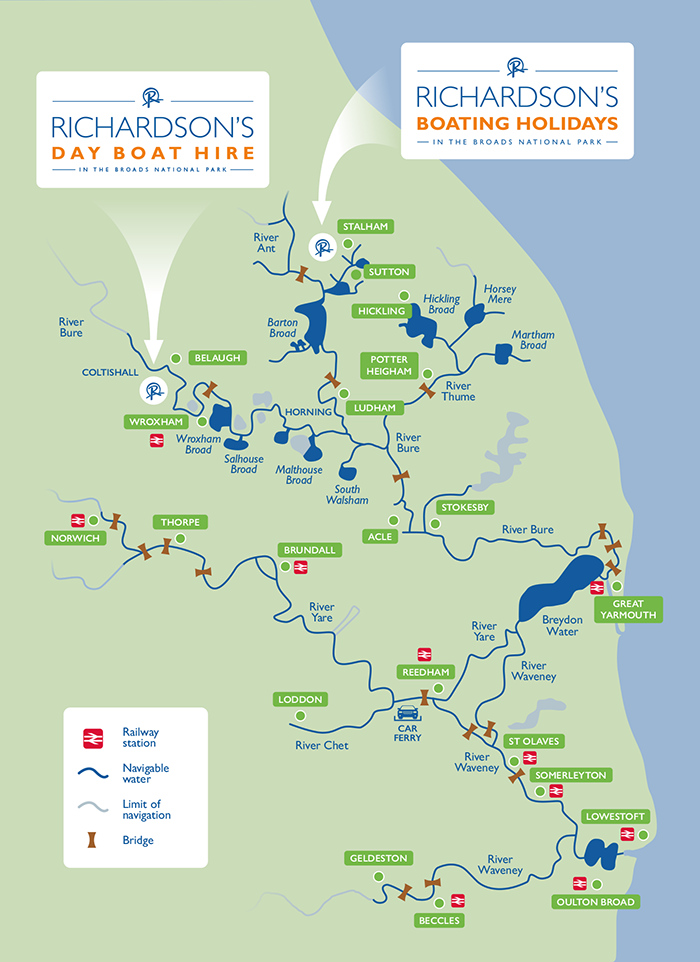
From David Bowie’s famous ‘Life on Mars’ to ‘Swallows and Amazons’ series authored by Arthur Ransome in the 1930s, the Norfolk Broads have been a strong source of inspiration for many over the years – and it’s not hard to see why!
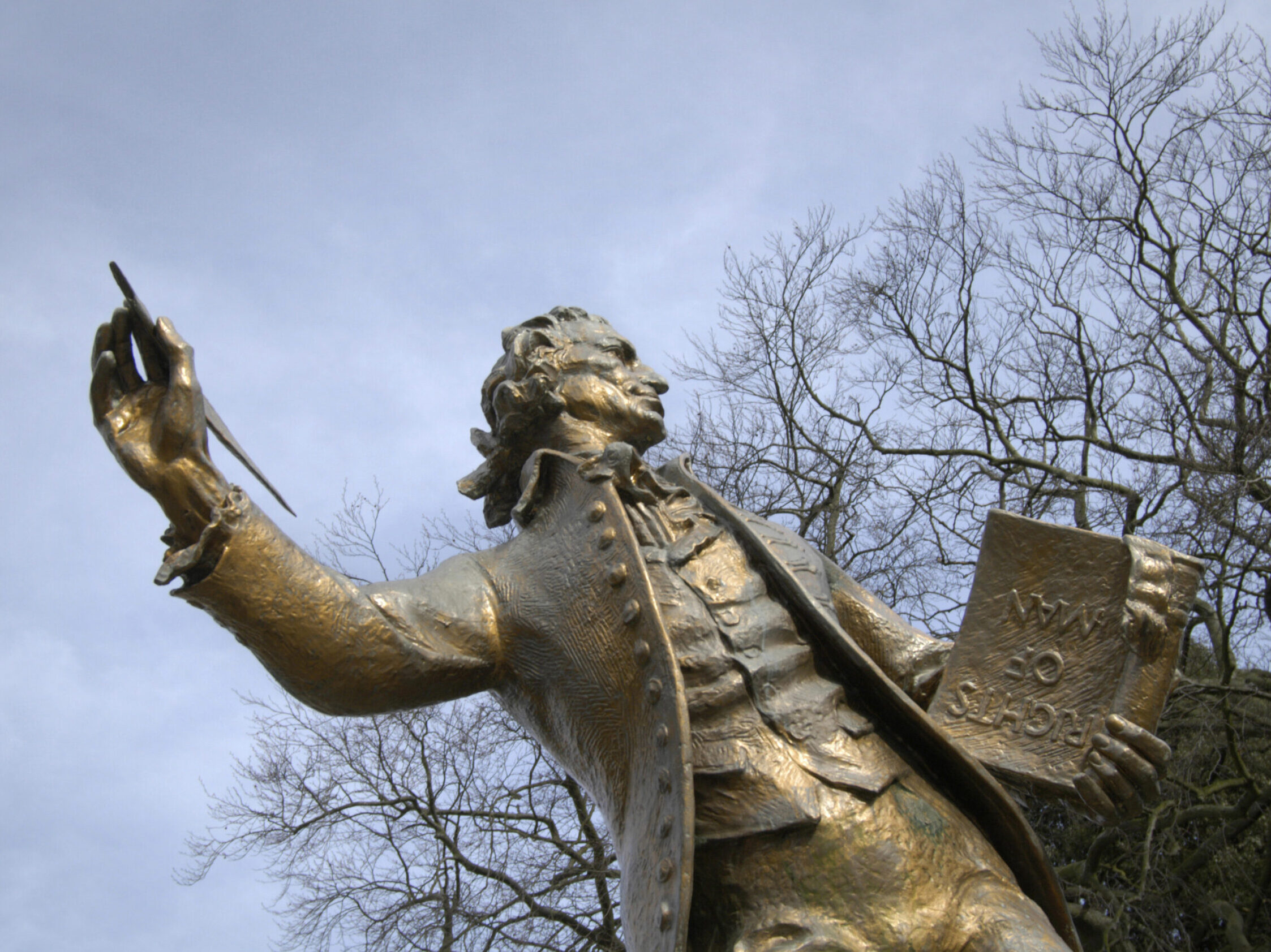
Mutford Lock is the last lock left in the Broads National Park, and only serves to separate the sea from the Broads. That means there’s plenty of miles to explore by boat in Norfolk and Suffolk, all without having to deal with heavy, time consuming locks!
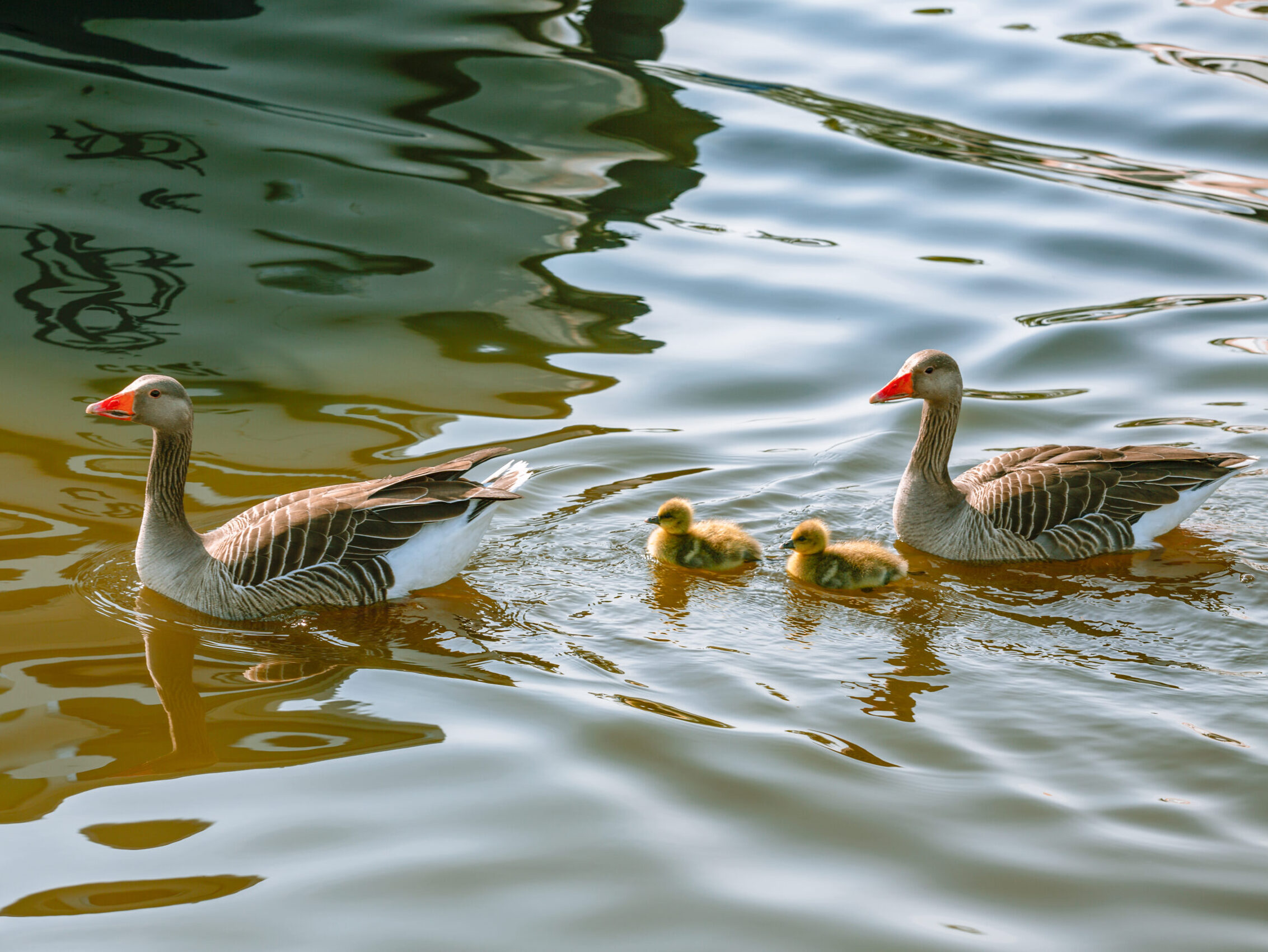
The church, whose tower overlooks the Broads, was completed in its present state by around 1450. The church is also home to what is considering one of the finest medieval rood screens to have survived to the present day. There’s not much we can say about St Helens – you have to see it for yourself! Wroxham, the ‘Capital of the Broads’, is a fry cry from the peace and tranquillity of St Helens. A buzzing broadside village, Wroxham has lots to see from Roys of Wroxham to day boat hire and more!
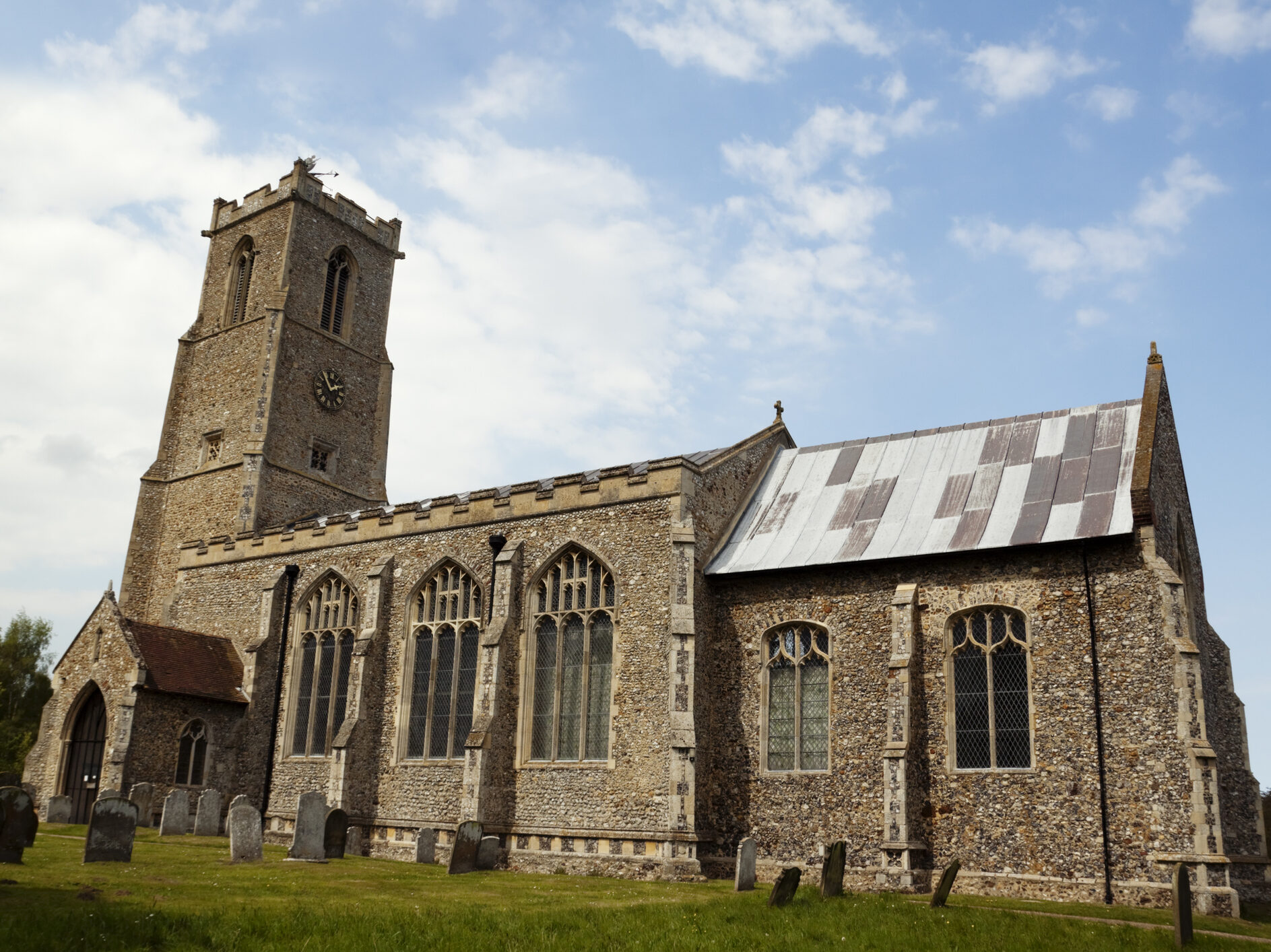
13 of those are open to navigation, with the other 50 being too shallow. But, that doesn’t mean you can’t explore the Broads National Park! With 7 rivers, they connect from our marina in Stalham in the very northern part of the Broads right now to the very southern parts in Bungay!









